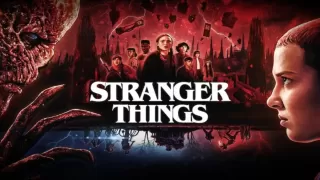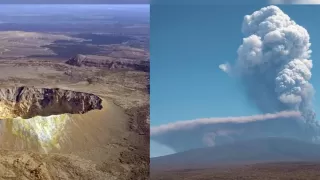Tonight, the night sky will treat skywatchers to a rare and stunning celestial display—an extraordinary planetary alignment known as a 'planetary parade.' Six planets—Venus, Mars, Jupiter, Uranus, Neptune, and Saturn—will be aligned in a remarkable arc, visible from Earth. If the weather is clear, the event promises to be a dazzling spectacle, with many of the planets visible to the naked eye.
What is a Planetary Parade?
A planetary parade occurs when two or more planets appear in alignment across the sky, all positioned on the same side of the Sun. While the term 'planetary parade' isn't official astronomical terminology, it perfectly captures the visual grandeur of this rare alignment. Typically, these planetary lineups involve only a handful of planets, but tonight's event is particularly exceptional due to the inclusion of six bright planets. Among them, Jupiter will shine the brightest, followed by Mars and Venus, both of which will be visible right after sunset. Saturn, too, will make its presence known, appearing prominently in the night sky.
However, not all the planets in this parade are equally easy to see. While Jupiter, Mars, and Venus will be visible to the naked eye in all their glory, Uranus and Neptune are fainter and will likely require binoculars or a telescope to fully appreciate. Nevertheless, the sheer number of planets in this spectacle makes it a must-see event for both seasoned astronomers and casual skywatchers alike.
When and Where to Watch?
Mark your calendars: the live stream of this rare planetary parade will take place on January 25 at 12:30 p.m. ET (1730 GMT), or 11:00 p.m. IST. Astrophysicist Gianluca Masi from the Virtual Telescope Project will host the event, offering telescope views of the planets in their orderly procession. You can tune in to the live webcast, which promises to deliver breathtaking views of the planets as they align in the sky.
The Virtual Telescope Project, based in Italy, is a platform powered by robotic telescopes that offer live, real-time views of the cosmos. With their high-quality broadcasts and expert-led events, the project has made astronomical exploration accessible to millions worldwide. Set up in 2006, the Virtual Telescope Project continues to provide remarkable, accessible views of celestial events, combining cutting-edge research with public outreach.
How to Watch?
If you're eager to catch this rare celestial parade, the Virtual Telescope Project is offering a free webcast that will allow you to experience the spectacle in real time. Simply visit their website, set a reminder, and prepare to be amazed. Whether you're a beginner or an expert, the event promises a mesmerizing glimpse of the planets in their cosmic march across the sky.
Why This Alignment is So Special?
While planetary alignments are not a rare occurrence, the number of bright planets involved in this parade makes it a noteworthy event. Mars, Venus, Jupiter, and Saturn are some of the most luminous objects in the night sky, so their appearance together will be a visual treat. This rare alignment, particularly with the inclusion of Uranus and Neptune, offers a unique opportunity for observers to see a vast swath of the solar system all at once.
Whether you're an experienced astronomer or simply someone who enjoys the beauty of the night sky, the planetary parade tonight is an event you won’t want to miss. The combination of visible planets, the timing, and the accessible live stream all make this an unforgettable celestial experience. So, grab your telescope, set your reminder, and get ready to witness the marvel of the universe from the comfort of your home.
Also Read: Is Virender Sehwag 20-Year Marriage Ending in Separation?


























